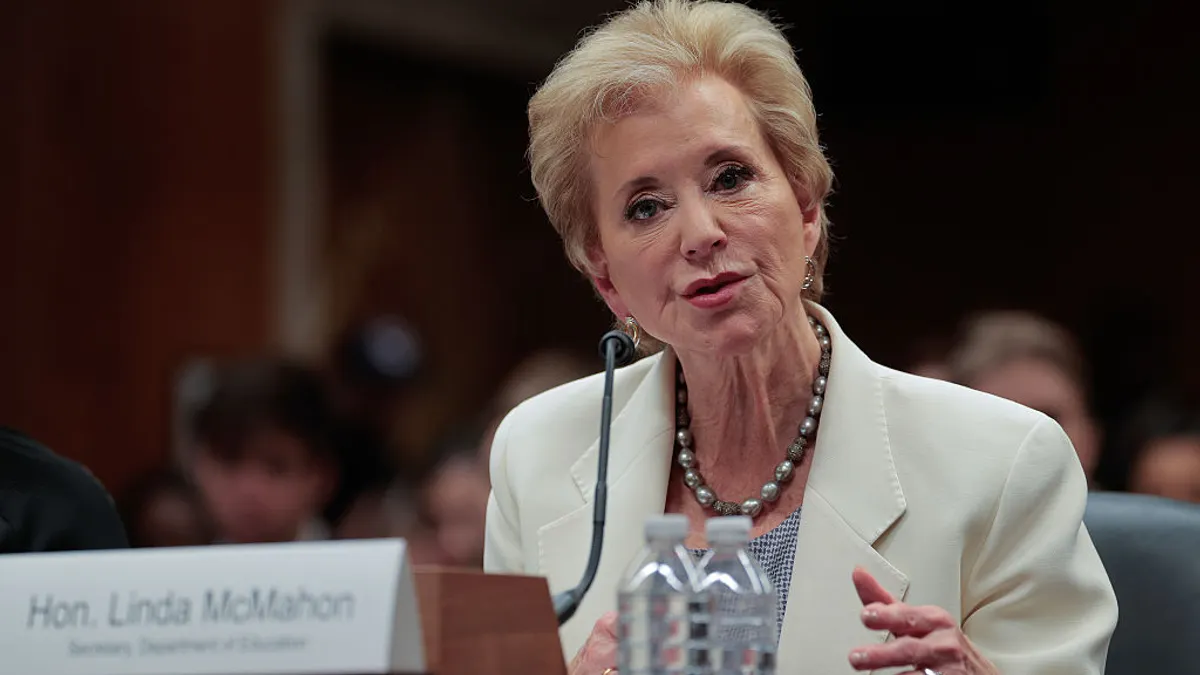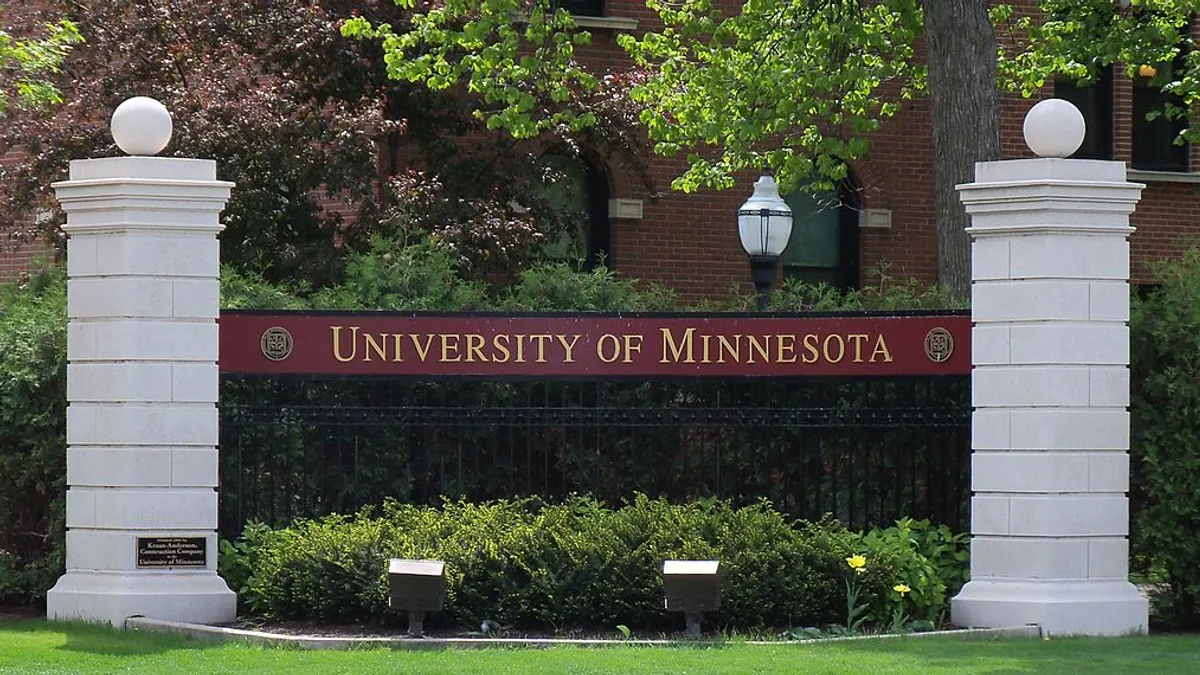This article is a guest post submitted to Education Dive.
In the wake of a number of small private colleges and universities closing in the past five years, and dozens more being placed on accreditation probation or warning due to unstable finances, institutions of higher education are asking for philanthropic gifts far more frequently, and many are building asks into every website landing page, paper publication, and update email that is distributed. Institutions are also more aggressively pursuing enrollment growth for myriad reasons, not the least of which is their desperate need to generate revenue outside of support for capital campaigns, scholarships, facility enhancement and endowments.
Those who would suggest that more robust enrollment efforts are the key to significant revenue generation may assert that recruiting traditional, online and distance education students is the richest target for revenue growth. Indeed, institutions are doing themselves a disservice if they are not aggressively developing strategies to realize additional enrollment to increase revenue.
Increased enrollment can have an immediate impact on revenue for institutions, however it is never guaranteed, as retention and resource-delivery challenges to increased student rolls come with unexpected cost increases. Savvy institutions may rely on endowments, gifts, grants, capital campaigns and fundraising to bolster their bottom lines, but increased fundraising success often comes with significant up-front costs. Meanwhile senior leadership teams debate which area needs more emphasis to solve revenue concerns: Fundraising or Enrollment?
It is no secret that many institutions of higher education are facing challenging economic times, so how do they generate sufficient revenues to support campus operations and promote responsible growth? While there is no magic bullet to solve these financial issues, college presidents are faced with a serious dilemma nonetheless. Do they focus on increasing enrollment or focus on fundraising to raise revenues? The answer is both. Not only should one area of emphasis not be ignored in favor of the other, but institutions must recognize that robust recruitment and fundraising efforts are synergistic.
In order for college presidents and their institutions to decide how to increase enrollment success, they need to know what their institutional strengths are. There are thousands of public and private four-year institutions all fighting for the same student population. So it is vital for institutions to be strategic and separate themselves from other peer institutions when trying to increase enrollment. This will require marketing and branding efforts which blend cost-effective (e.g. social media, mini-campaigns) and cost-bearing (re-branding efforts and traditional media advertising buys) strategies that may require investment on the front end, and could become revenue-generating on the back end.
A new logo or campus slogan may seem like mere #hashtagging, but those logos and slogans become revenue generators when they adorn t-shirts, ball caps, and marketing materials. It can also attract a generation of students motivated to seek a college experience replete with strong curricular and extracurricular experiences. It may also stimulate alumni engagement.
Institutions seeking to ramp up enrollment should also recognize the correlation between immediate enrollment growth and fundraising opportunity. In order for them to be successful at increasing enrollment they need to increase scholarship levels, targeting out-of-state students or students outside of traditional markets, develop high-profile academic majors or those tied to jobs locally and regionally, and stress extracurricular opportunities such as internships and study abroad. All of these are necessary to develop a robust strategic enrollment plan.
In addition, if institutions are not offering some type of distance or online education, or promoting recruitment through dual-enrollment programs, they are already behind the eight ball. These strategies require up-front investment, but enrollment increases and targeted program growth can pay off with instant tuition and fee revenues as well as be used to inspire significant corporate and small-business investment. As companies compete to put their products in young consumers’ hands and to hire well-trained and educated future professionals, enrollment growth can be pitched as a sign that institutions merit investment in the form of corporate sponsorships and various private-public partnerships.
Long-term investment returns are also critical to allowing institutions to avoid the roller coasters of enrollment and state subsidy fluctuations. Endowments help support an institution’s mission in perpetuity and are generally an aggregation of many endowed funds with varying restrictions. As Vice Presidents of Advancement like to call it, “an endowed gift is a gift that keeps on giving,” because its principal cannot be spent.
An institutional endowment assures a relatively stable stream of income in the face of fluctuating economic and demographic conditions which many institutions are facing today. While endowments require significant investment (generally six-figures and above) that take a while to make a difference, once they do, they become a constant fixture. Similarly, enrollment increasing strategies need to take a long-term view. Increases in first-year student enrollment that are not supported by retention and student support programs do not realize their full potential. Not only do students who aren’t retained not continue to pay tuition and fees, they never become graduates who are supportive alumni that recruit future students and promote the institution via their professional success.
Individuals are always advised to explore and develop multiple streams of income and diversify their personal investments to realize financial security. Institutions should behave similarly and recognize that enrollment and fundraising growth are not only individually necessary, but growth in one area can and should enhance the other.
William Broussard, Ph.D. is assistant to the President for Institutional Advancement for the Southern University System and has a career fundraising attainment of $18.8 million.
Dr. Donavan Outten is Associate Vice President of Academic Affairs at Webster University.















